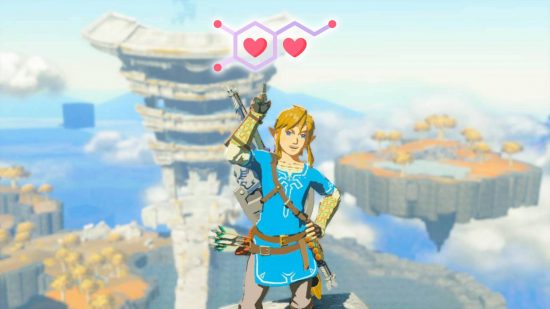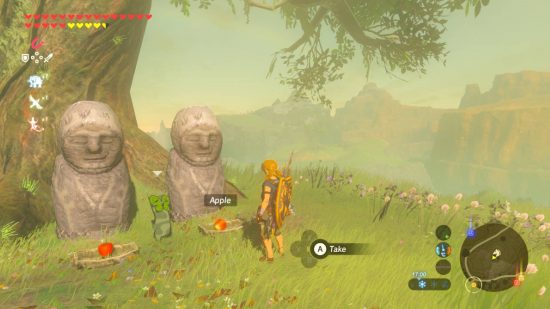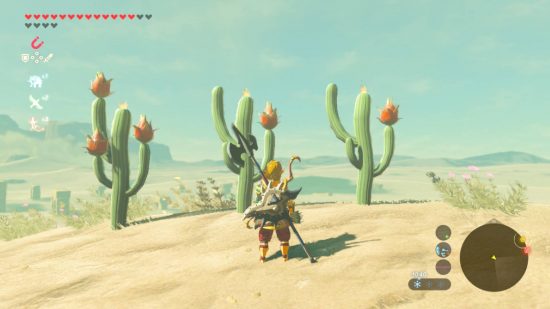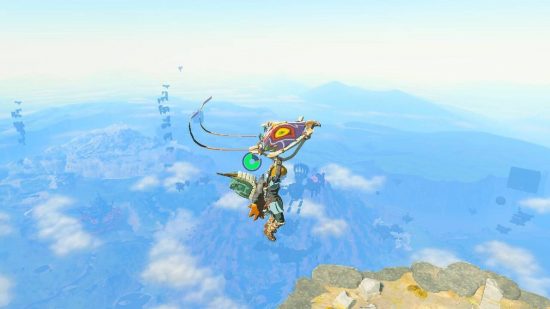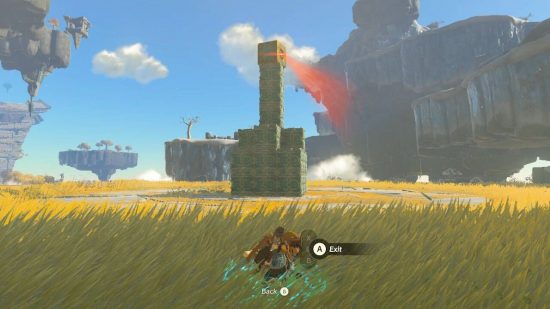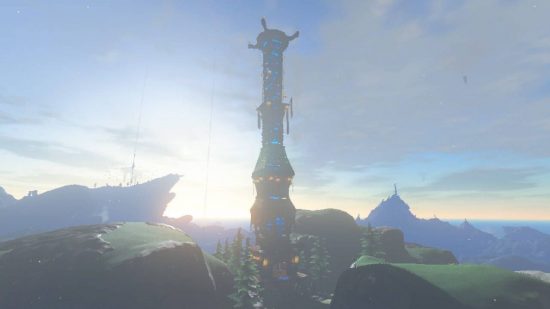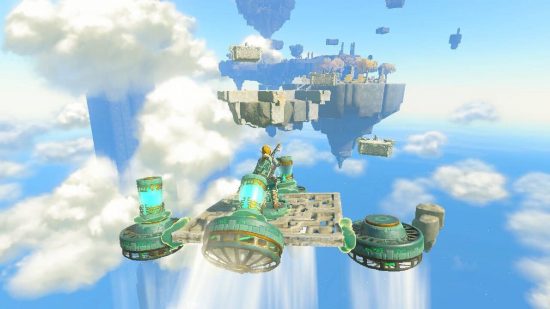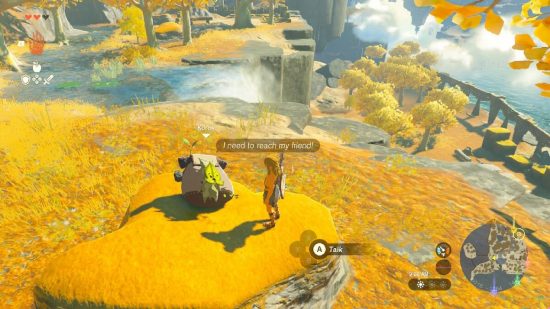Back in 2017, at the spritely age of 27 years old, I couldn’t wait to get the Nintendo Switch and a new Zelda game. What I didn’t realise at the time was that I likely had ADHD, and oh how I wish I could go back and shake the younger version of me. Also, this feature details my personal experience with ADHD, but everyone is different. If you need help with ADHD, visit Mind.org.uk.
If I had stopped to think about it for a few seconds, I might have known, but sadly my ADHD often means I can’t stop to contemplate things very much. Classic really. In my twenties, I was acutely aware of my anxiety. I also knew I was a bit hyper sometimes, but I just put that down to the fact that I’m an enthusiastic person. However, during my twenties, I knew people who are autistic and neurodivergent, and the last thing I wanted to do was take up space.
There are many things that are key to my initial realisation that I have ADHD. Countless abandoned projects, intense hyper fixations, a rollercoaster of acute concentration mixed with a brain that can feel dizzy and disorientated. I also struggle with books, long films, and a lot of games that lack immediacy. I think this is why I gravitate towards Nintendo games, because when I press the jump button, Mario jumps… instantly.
I’m a huge Zelda fan, and I’m lucky enough to say that I got to play and enjoy several titles alongside their original releases, such as Ocarina of Time, Wind Waker, Twilight Princess, and Skyward Sword. Breath of the Wild’s launch is still so special, however, as the drastic transformation of the series’ gameplay and style remains shocking to this day. It also represents everything I love about videogames but often struggle to articulate.
Before becoming a journalist, I was terrible for getting stuck in a game and only coming back months, if not years, later. One wrong turn in a dungeon, and I was so disorientated I could never go back. One too many deaths at the hand of a boss, and I threw in the towel. If I lost an hour or two of progress, I was probably never coming back.
The Legend of Zelda: Breath of the Wild didn’t entirely help me realise I have ADHD, but it helps me explain so many things about my brain, what appeals to it, and what keeps me coming back. I have well over 600 hours across multiple saves in Breath of the Wild, and it’s a world I am happy to just occupy, aimlessly wander, and jump from point of interest to point of interest.
I think Breath of the Wild is a fantastic game for people with ADHD, and there are a few reasons why. First is the aforementioned immediacy. If I press jump, Link jumps. If I want to go somewhere, I can go there. If I see something interesting, you can bet I can find it, and almost every single time, the game rewards me for doing so. The Hyrule of Breath of the Wild is densely populated not just with things to do, but visual cues that point you towards them.
The most crucial of these points of interest are two things, shrines and koroks. They stand out distinctly in the overworld, and both give you a quantifiable reward for solving their puzzles. In essence, all of the Hyrule map is the dungeon, and shrines and koroks represent puzzles in every square inch instead of individual rooms. The shrines are the macro puzzles, and the koroks are the micro puzzles.
They’re both fun and satisfying to solve in their own right, but the fact they’re both visually appealing is essential. Spotting the bright glow of a shrine is still so fun, and it’s just as present in Tears of the Kingdom. But the koroks are the star of the show here, littering the world with visually distinct oddities that always catch the eye.
As you wander around Hyrule, you might see three trees in a row. They all have very similar displays of fruit, except for a single apple out of place. How strange. So to satisfy the symmetry-loving part of your brain you knock down the odd apple, and low and behold, up pops the leafy critter as you have just solved a korok puzzle.
There are so many of these puzzles, like circles consisting of rocks with a single one missing, begging you to complete the circle. There are rings of leaves floating on bodies of water, with a suspiciously positioned spot just above that looks perfect for diving. There are rows of statues, all holding offerings of apples, except for one, and you know exactly what’s bound to happen if you drop an apple into that empty space.
If you’re familiar with the viral TikTok of a person watching someone put blocks into the wrong-shaped holes, you know the exact opposite of this feeling. There’s such a rush of dopamine when you create order out of disorder, when you finally bring together two separated elements, much like when completing a line in Tetris.
Breath of the Wild is essentially a million tiny tasks, but while other videogames gate these off with blocks to progression or singular solutions to puzzles, Breath of the Wild begs for you to solve these small puzzles any way that works, and in any order. You can walk in a straight line in any direction in Breath of the Wild and come across puzzles to solve, shrines to complete, and enemies to defeat. And it’s never, ever, the wrong thing to do.
I’ve fallen in love with games before, and I often can force myself to play games I describe as anti-ADHD. While the agonising pace of a title like Red Dead Redemption 2 is too much for me, I managed to get through the mental blockades in Animal Crossing: New Horizons created by the obtuse nature of terraforming.
Perhaps it’s because Animal Crossing still allows you to quickly do small tasks in between other larger ones, whereas in RDR2, I feel like I’m following a script, and I can only do it as quickly as the game wants me to. Either way, I can play any game, really, but I only fall completely in love with games that work alongside my brain.
This is how I know Breath of the Wild is the perfect ADHD game for me. Instead of ominous and obtuse large tasks, I have an easy-to-solve pile of small tasks all along the way, offering dopamine with every solution. I don’t have to wait for hours for resolution or essential story development, every moment actively involves me, it makes me think, and rewards me.
I remember those early days in 2017, when my housemates and I had Breath of the Wild up on a projector, playing it for hours at a time, endlessly entertained and constantly curious. My housemate jokingly referred to it as “mash A – the game”, and he was incredibly right. Much like the many korok puzzles and the many shrines, there’s also always something to pick up, whether it’s plants, resources like wood, or drops from enemies. And crucially, it’s immediate.
Everything about Breath of the Wild works with my brain, nothing gets in the way, and that’s how I could still gladly sink another 600 hours into it. Now, this is where I’m both delighted and terrified. You remember how I said Breath of the Wild is the perfect ADHD game? Well, scratch that, because Tears of the Kingdom is the perfect ADHD game.
I’m one week and nearly twenty hours into my latest Hyrule adventure, and already I’m seeing smart amendments to the few blockades that Breath of the Wild offers to progress. The shrines are back and even more visually appealing, just teasing you from across the map with their green swirling lights and asking to be explored.
Except now they aren’t contained to the ground, and neither is Link. That curiosity is rewarded threefold, with new things to spot, pin, and explore on the ground, in the sky, and even below the surface. I’m a magpie, and the sky islands are shiny coins, dazzling me with their secrets as my mind aches to discover what each new floating area holds.
One of my only issues with Breath of the Wild is the amount of rain and having to genuinely just wait for several real minutes for the weather to pass just so Link can explore again. However, Tears of the Kingdom isn’t just about climbing, it’s also about vertical exploration, and the height offered by the skyward propulsion of the towers or the many zany Zonai devices is so, so, satisfying.
No more is my curiosity restricted to the land and beholden to the rain gods. I can go anywhere, and I mean anywhere. Tears of the Kingdom wants you to explore every inch of the sky, the depths, and it happily rewards you for doing so. I find myself spotting mesmerizingly high islands, using Zonai balloons and fire emitters to slowly float up there, and every time being rewarded with something special.
The final two improvements go hand in hand, and I can see myself losing years of my life to them. My favourite element of Breath of the Wild is the koroks, and my favourite new element of Tears of the Kingdom is the ability to create vehicles with Zonai devices, only limited by your imagination.
So, you had better believe that I’m in love with the latest korok puzzle, where you must reunite two little korok friends separated over large distances. I’m going to be making cars, planes, and flying death machines to reunite my leafy friends for the next few years.

I can’t say yet if Tears of the Kingdom is set to help me realise something new about myself, but I’m immensely happy that Breath of the Wild did. Six years and one ADHD diagnosis, later I have steps in place to help me, and crucially I know exactly what my brain likes and what it doesn’t like. I thought I had found perfection, but it just might be trumped, as Tears of the Kingdom offers all the immediacy, curiosity, and constant rewards that make the dopamine in my brain go brrrr… and then some. I’ll see you in another 600 hours.
